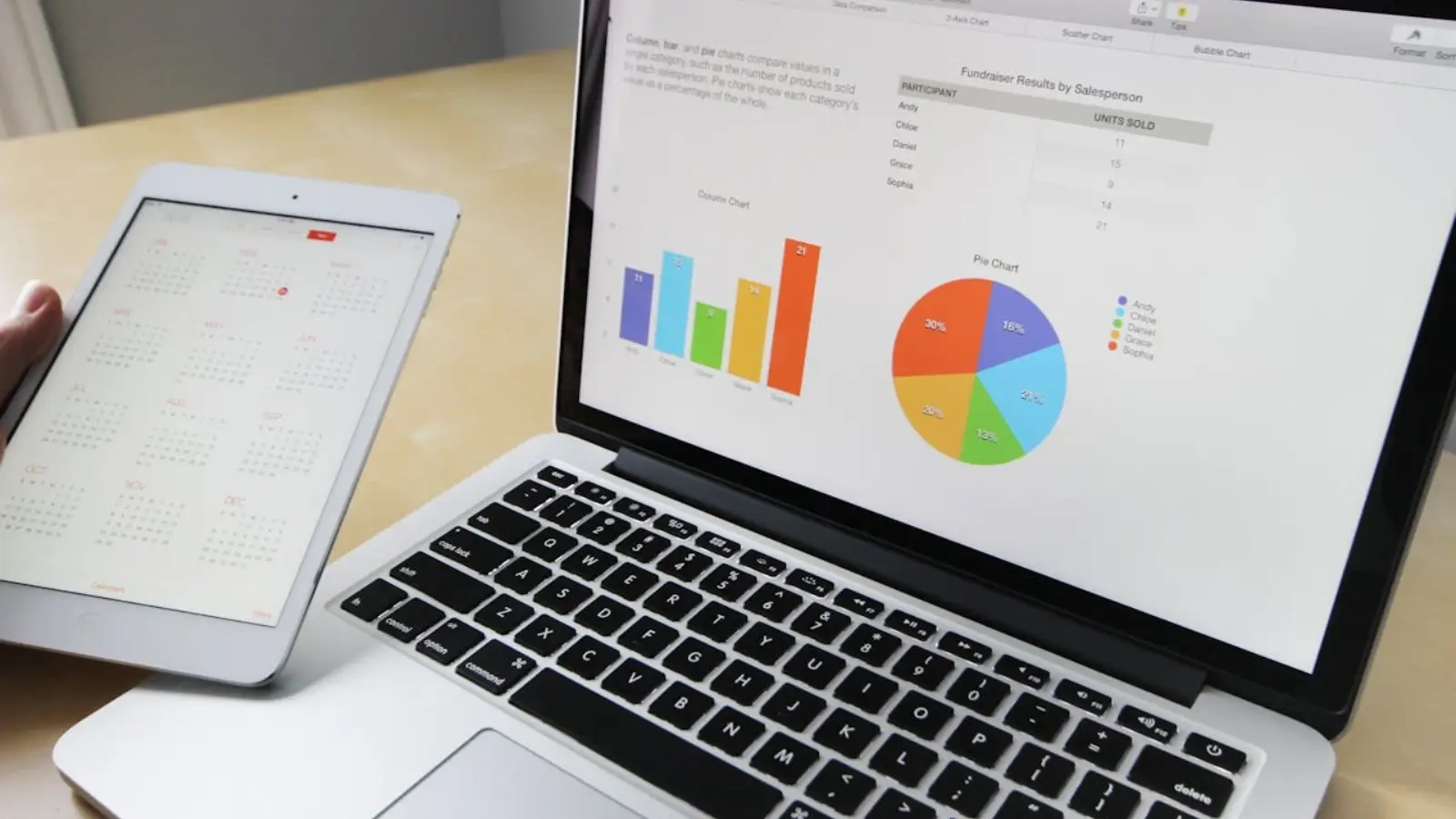


In 2026, field technicians or crews will do more than provide "service." These workers will represent organizations' efficiency and reliability. Measuring the appropriate metrics supports field personnel to understand what they can do to enhance productivity, thereby strengthening customer relationships and profit margins. The most effective field crews will complete a task, measure what's important, and adjust in the moment. Here are 10 performance indicators every field crew should measure closely in 2026.
This measures how many times a technician can fix the problem on the first try. A higher rate shows there was great preparation, the technician accurately diagnosed the problem, and the communication between the dispatcher, the inventory, and the technician was smooth. The higher the rate, the less revisiting technicians need to do, resulting in less cost and happier customers.
Timeliness is still the most obvious trust factor of field service. Customers expect a technician will arrive in the time window provided. A consistently on-time arrival rate shows professionalism and operational discipline that usually generates repeat business. AI scheduling tools that were developed by 2025 will efficiently optimize routes based on real-time traffic and technician behavior.
This metric indicates the percentage of a technician's working hours spent on billable work versus non-billable work. Having a well-balanced schedule lengthens the amount of time spent working on billable work versus unnecessary idle time.
It increases team morale due to fewer disruptions, and improves labor costs relative to revenue earned. For businesses tracking this metric, it will help identify where time is lost on travel time, paperwork, or unpredicted and unexpected downtime.
This metric lets management know how many estimates are turning into jobs. High conversion rates in estimates are a reflection of effective communication, the customer’s inherent trust in your pricing, and diligent follow-up.
Mobile platforms that allow customers to review and approve quotes instantly often see higher conversions.
Shorter invoice cycle times help maintain a steady cash flow. A longer invoice cycle time creates a cash flow gap with the customer that can put financial strain on your company.
Today's automated invoicing systems allow technicians to send an invoice from the field at the end of a job. They close the gap between job completion and customer billings, while also providing a level of transparency.
This KPI measures how much income each technician contributes to the business. It reflects both skill level and operational support. Comparing this across teams helps identify training opportunities and reward top performers.
Excessive travel time negatively impacts productivity. Reducing the amount of time spent traveling will result in additional hours for billable work. You can achieve this by utilizing effective job clustering and efficient travel routes. AI dispatch systems can now learn patterns in travel time, eliminating avoidable travel time.
Customer satisfaction scores are the pulse of field service success. If customers score your CSI ratings high, it is often a reflection of a great first-time fix rate, being on-time, and being clear with communication. Continuing to ask customers for quick feedback after each job will help ensure quality of service. You will be able to fix small things before they become larger issues.
A parts stock-out occurs when a technician does not possess the correct parts, hence delaying the job. By keeping a history of parts stock-outs, you can identify inefficiencies in your supply chain. New parts forecasting and stocking tools will sync service logs into their tools to ensure the necessary parts are always in the field.
Schedule adherence measures how closely your team adheres to the plan each day. High adherence means coordinated scheduling, accurate timing on tasks, and reliable service to customers. When work suddenly changes, AI scheduling now automatically rebalances assignments to avoid gaps and bottlenecks.
These numbers once lived on various spreadsheets. Now, cutting-edge field service platforms such as Service Fusion collect the data on one dashboard along with scheduling, billing and fleet maintenance. Managers can analyze trends, adjust dispatching, and make timely and informed decisions based on the data to maximize efficiency from the crews while keeping the customer loyal.
In 2026 KPI tracking is no longer just about analytics. It is about control. When a mobile team understands their metrics, they can work more effectively, respond at a quicker pace, and provide the consistent reliability in service that customers remember.